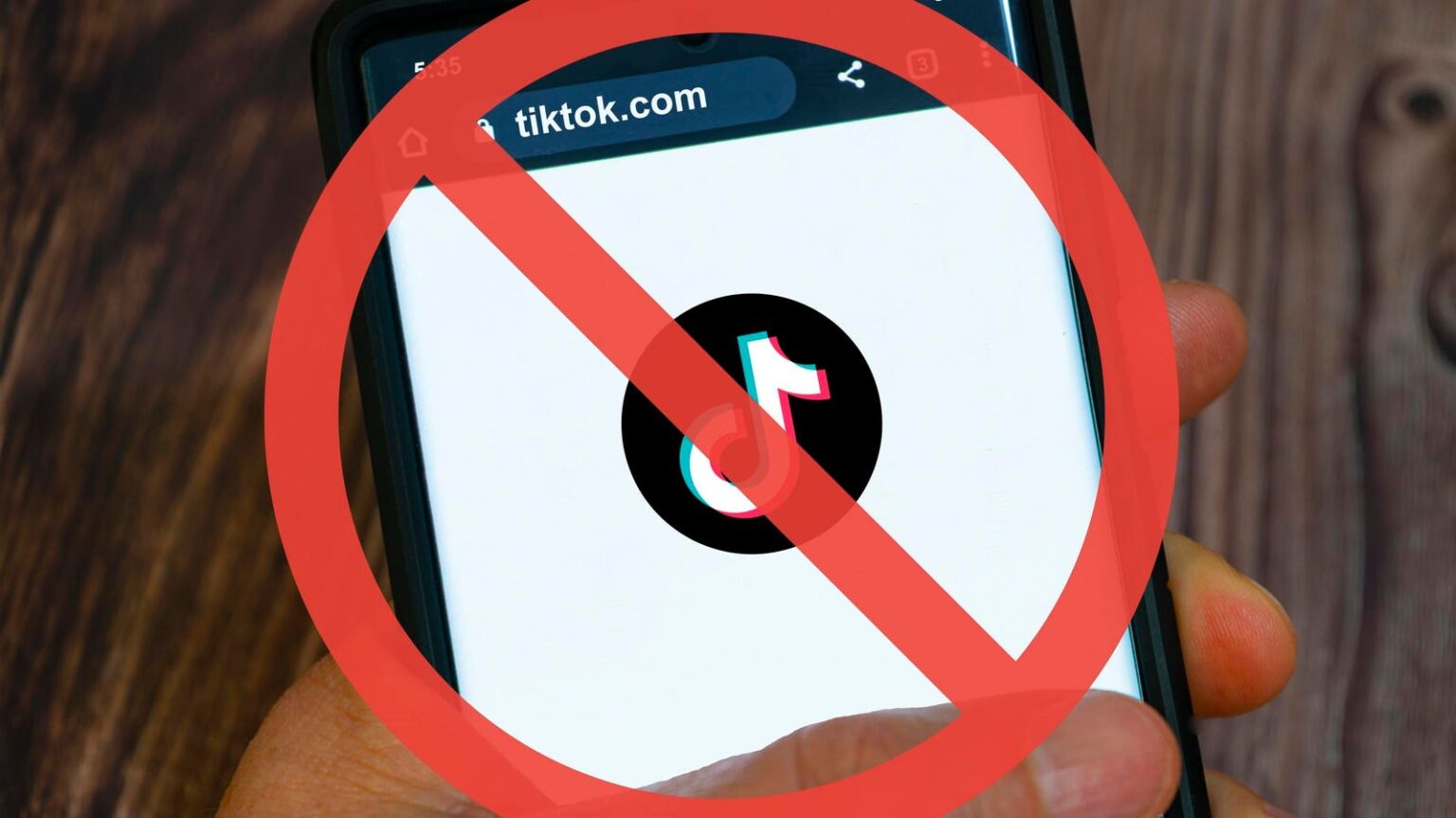The Jan. 19 deadline puts 7 million U.S. small businesses in a tough spot. ByteDance must sell TikTok or shut down operations, threatening $24.2 billion in economic activity and reshaping how companies reach customers online.
For business owners active on TikTok, posting content and connecting with buyers, this ban means more than lost sales. It strikes at the heart of their marketing strategy.
With 50% of TikTok users making purchases after watching content, and the platform driving $1 billion in monthly small business revenue, the stakes are high.
This changes everything.
How TikTok’s Reach Powers Business Growth
TikTok’s system works differently from other social media. Each new video gets shown to 300-500 random users, making snap judgments that determine its fate. A brand new account could reach millions with its first post. No paid ads needed, no years spent building a following.
Users spend 58.24 minutes daily on the app, opening it an average of 19 times to check what’s new. This creates real opportunities for businesses to find TikTok success through volume and speed.
When videos work, they work big. TikTok’s engagement rate by followers stands at an average of 2.65% and an average engagement rate of 4.07% by views. “TikTok isn’t a ‘set it and forget it’ platform,” says Ashley Wright, a TikTok Shop consultant. “The brands that win are the ones who show up every single day. When you slow down, the algorithm slows with you.”
He’s right. TikTok recommends posting 1-4 times per day to optimize visibility. Companies posting three times daily see five times more engagement than weekly posters. The platform rewards genuine, unpolished content over studio-quality production.
Wright points out that while organic reach still works, paid promotion becomes essential. “You have to pay to play now. The days of easy viral hits are ending. Smart brands set aside real budgets for ads and creator partnerships.” His team runs flash sales to spark algorithm attention, noting that TikTok rewards quick sales spikes with more reach.
What Successful Businesses Are Doing Right Now
Ashley Wright said he is optimistic that TikTok won’t get banned. “There’s too much growth happening for brands. Too many creators making a living. Too many consumers shopping through the platform for TikTok to just disappear.”
But smart companies and consultants like Wright aren’t sitting and hoping, waiting for the ban verdict to arrive. They’re moving to Instagram Reels, YouTube Shorts, and Snapchat, testing what works while TikTok still runs. Each platform offers different advantages for reaching customers. Instagram Reels connects with established audiences. YouTube Shorts helps businesses appear in search results. Snapchat keeps them relevant with younger buyers.
Mallory Leblanc, founder of Wildpier Beauty, has built an entire business from her TikTok account. She sells exfoliating gloves worldwide, amassing over 5.5 million likes and 70,000 followers on the platform. Her main account is based in Canada, so for her this change only means that TikTok Shop will be gone and she won’t get American content on her For You page.
Leblanc said although her main traffic comes from Reels, she is prepared to double down on another channel to replace the American traffic and keep sales flowing, and is confident that her loyal audience would find her wherever she ends up.
Beyond platform switches, companies like Wildpier Beauty, which thrives on TikTok, focus on owning their customer relationships. They’re building email lists, strengthening direct connections, and saving their best content to repurpose for other channels. These moves protect their business no matter what happens with the ban.
Where Business Marketing Goes Next
The legal fight continues, with President-elect Trump asking the Supreme Court to intervene. Meanwhile, new platforms like Triller aim to capture TikTok’s audience. The smartest approach balances current TikTok operations with preparation for change.
Study which videos perform best. Build a content library. Keep posting authentic material that connects with customers. These skills transfer to any platform.
Business owners who act now, testing new channels while maintaining their TikTok presence, set themselves up to thrive through the transition. The platform they show up on might change, but the need for genuine connections with customers remains constant.
Read the full article here

